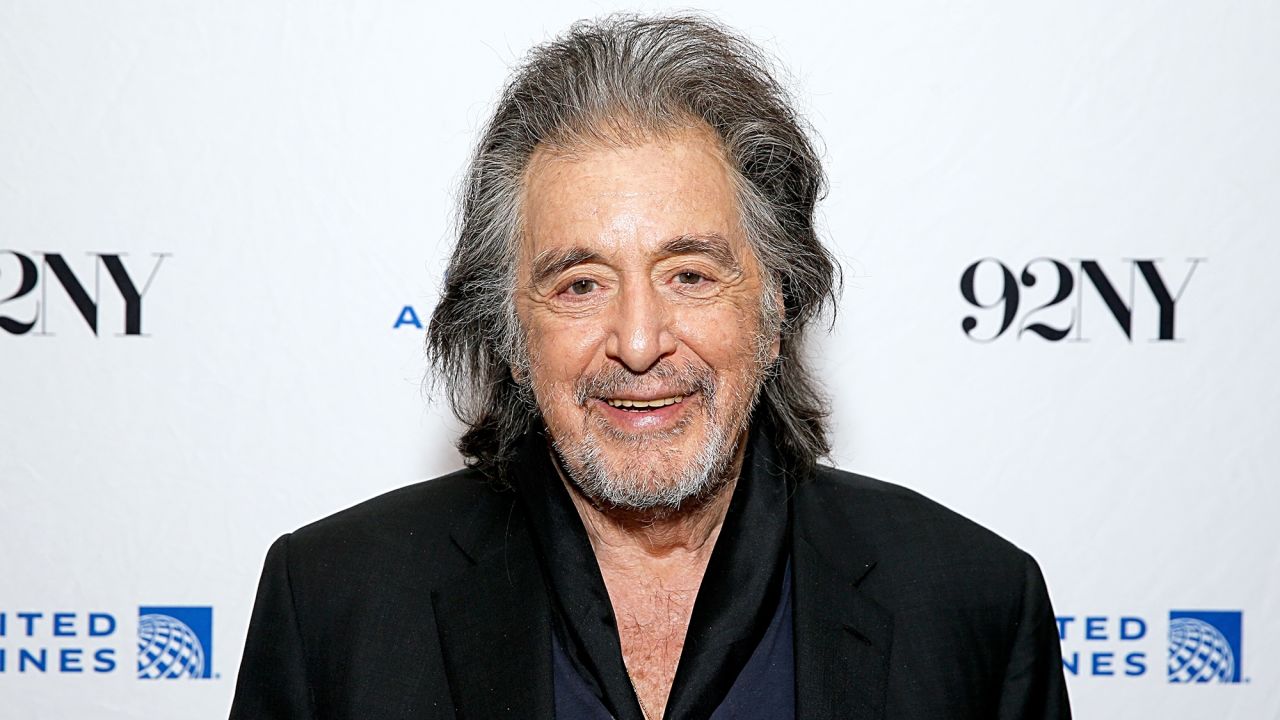Few actors have left an indelible mark on the world of cinema like Al Pacino. Over the decades, his films have not only showcased his incredible acting range but also offered audiences masterclasses in cinematic storytelling. Whether you’re watching his early work in The Godfather and Serpico or his later films where his method and persona are on full display, there is a wealth of cinematic techniques to explore and appreciate in what might be called “Pacino’s Lot.” In this guide, we’ll break down the language of film and explain how to use that knowledge to deepen your understanding of the techniques employed in Pacino’s extensive filmography.
Understanding the Language of Cinema
Before diving into Pacino’s films, it helps to have a basic understanding of the cinematic tools directors use to shape the viewer’s experience. These include:
-
Framing and Composition: Directors choose specific shot types—close-ups, medium shots, and long shots—to focus on character emotions, reveal details, or set the scene. In a close-up, for instance, you might notice every nuance in Pacino’s expressions, while a long shot can reveal the environment that frames his character’s isolation or power.
-
Camera Angles and Movement: Low-angle shots can make a character appear dominant and imposing, whereas high-angle shots might convey vulnerability. Camera movements such as pans, tilts, and dolly shots create rhythm and guide our attention, subtly reinforcing the narrative.
-
Lighting and Color: Lighting is not merely for visibility; it sets the mood and enhances character. Low-key lighting—with deep shadows and high contrast—is often used in Pacino’s dramatic scenes, evoking mystery or tension.
-
Sound Design and Editing: Sound—from dialogue to background music—works hand in hand with editing to pace the film and heighten emotional impact. Smooth dissolves or abrupt cuts, for example, can shift the narrative’s mood or accentuate a character’s inner turmoil.
These elements are all intertwined, and recognizing them will allow you to see how a director constructs a scene that complements Pacino’s iconic performances.
Diving into Pacino’s Filmography
Al Pacino’s career spans several decades, with films that vary widely in style and tone. In classics like The Godfather, we witness a subtle, controlled performance enhanced by meticulously composed shots and a measured pace. In contrast, movies such as Scarface or Scent of a Woman feature a more explosive style—often using close-ups, intense lighting contrasts, and dynamic camera movements to underscore his character’s emotional outbursts.
For example, in The Godfather, Pacino’s portrayal of Michael Corleone is understated, with directors employing eye-level shots and natural lighting to emphasize the character’s internal transformation from a reluctant family outsider to a ruthless mafia boss. The long, lingering shots allow viewers to absorb every moment of his subtle change, mirroring the slow burn of his character’s moral decline.
By comparison, in Scarface, the camera work becomes more kinetic. Rapid cuts, extreme close-ups, and bold lighting amplify the intensity of Tony Montana’s volatile energy. This deliberate contrast between films shows that Pacino’s work cannot be pigeonholed—it evolves with the narrative and the director’s vision.
Key Cinematic Techniques in Pacino’s Films
Here are some specific techniques to look for when watching Pacino’s films:
1. Framing and Shot Composition
Directors carefully choose how to frame Pacino on screen. Notice how:
-
Close-ups capture every wrinkle and emotion on his face, making his internal struggles palpable.
-
Medium Shots balance character and environment, allowing viewers to see both Pacino’s performance and the context in which his character operates.
-
Long Shots often set the stage—whether it’s the sprawling cityscape in The Godfather or the desolate interior in Serpico—highlighting isolation or the magnitude of the situation.
Pay attention to how these framing choices create intimacy or distance between Pacino’s character and the audience.
2. Camera Angles and Movement
The angle at which Pacino is shot can tell you a lot about his character’s state of mind:
-
Low-Angle Shots: When the camera is positioned below Pacino, it can elevate his presence, making him seem larger-than-life and authoritative.
-
High-Angle Shots: Conversely, these shots may be used to depict his vulnerability or moments of defeat.
-
Camera Movement: Smooth pans or tracking shots can guide your eye to important details, while abrupt movements might signal sudden shifts in emotion or narrative tone.
3. Lighting and Mood
Lighting is one of the most evocative tools in filmmaking. Observe how:
-
Low-Key Lighting: Often used in intense, dramatic scenes, creates stark contrasts and deep shadows that reflect inner conflict or foreboding.
-
High-Key Lighting: Brighter, more even lighting can be used to create an open, honest atmosphere—sometimes to juxtapose a character’s softer side against his tougher exterior.
-
Color Grading: Subtle shifts in color tones often enhance the mood. In The Godfather, muted earth tones contribute to a timeless, somber mood that underscores the story’s themes of power and betrayal.
4. Sound Design and Editing
Sound and editing are crucial in enhancing Pacino’s performances:
-
Sound Effects and Music: The background score often plays off the visual elements, heightening emotions during key moments. Listen for the interplay between dialogue and soundtracks that amplify the tension or drama.
-
Editing Techniques: Techniques like parallel editing can juxtapose Pacino’s performance with other narrative threads, deepening the overall impact. Notice how the pacing of cuts—whether rapid or slow—can influence your emotional response to a scene.
5. Integration of Theatrical Elements
Many of Pacino’s films have a theatrical quality that reflects his roots in stage acting. Pay attention to:
-
Costumes and Sets: These elements are chosen not only for authenticity but also to complement Pacino’s performance. The detailed period costumes in films like The Godfather add to the immersion, while meticulously designed sets help frame his character’s world.
-
Acting Style: Pacino’s method of acting is evident in the physicality and vocal dynamics of his performances. Notice how his deliberate gestures and vocal modulations serve to underscore the emotion of a scene.
How to Deepen Your Appreciation
Now that you’re aware of these techniques, here are some practical steps to enhance your viewing experience:
-
Active Viewing:
Watch your favorite Pacino films with an analytical eye. Pause and replay scenes to focus on specific details like camera angles or lighting choices. Take notes on how these techniques affect your emotional response. -
Research and Context:
Supplement your viewing with director commentaries, interviews, and behind-the-scenes documentaries. For instance, listening to discussions about Pacino’s approach to method acting can illuminate why certain cinematic choices work so well with his style. (See) -
Comparative Analysis:
Compare scenes from different films to see how various directors use similar techniques for different effects. For example, contrast the subtle framing in The Godfather with the bold compositions in Scarface to understand how visual style contributes to the narrative tone. -
Engage with Film Studies Resources:
Use academic texts and online courses that break down cinematic and theatrical elements in film. Resources like John Golden’s “Introducing Cinematic and Theatrical Elements in Film” offer valuable insights into how filmmakers craft their images and sounds. -
Join Film Discussion Groups:
Participating in forums, online communities, or local film clubs can expose you to different interpretations and analyses of Pacino’s work. These discussions may challenge your perspectives and introduce you to nuances you hadn’t noticed before. -
Write Your Analysis:
One of the best ways to understand cinematic techniques is to write about them. Try drafting a review or essay about a Pacino film, focusing on how specific techniques enhance the storytelling. This exercise forces you to articulate your observations and solidify your understanding.
The Lasting Impact of Pacino’s Cinematic Style
Al Pacino’s films are not only a showcase of his extraordinary talent but also a testament to the power of cinematic storytelling. By marrying his method of acting with a range of technical techniques—from dynamic camera work to evocative lighting and precise editing—his films continue to resonate with audiences worldwide. The techniques that elevate his performances also reveal the collaborative genius behind every film, where every choice—from set design to sound effects—serves a purpose.
By learning to appreciate these elements, you not only gain a deeper respect for Pacino’s artistry but also for the art of filmmaking itself. Each viewing becomes an opportunity to discover something new—a nuance in a lighting setup, an unexpected camera angle, or a subtle editing trick that enhances the narrative. In turn, this enriched viewing experience allows you to see films not just as entertainment, but as intricate works of art crafted with deliberate precision.
Conclusion
Appreciating the cinematic techniques in Pacino’s films involves more than passive watching—it requires active engagement with every visual and auditory detail. By learning the language of cinema, analyzing the unique ways in which directors use framing, camera movement, lighting, sound, and editing, and contextualizing these choices within the broader narrative, you can unlock a deeper understanding of films in “Pacino’s Lot.”
Whether you’re a long-time fan or a newcomer to his work, taking the time to study these elements will not only enhance your enjoyment of his films but also enrich your overall experience of cinema. So next time you settle in to watch The Godfather, Scarface, or any film featuring Al Pacino, remember to look beyond the surface. Engage with the techniques, and appreciate the craftsmanship, and you’ll find that every frame offers a new insight into the art of filmmaking.




